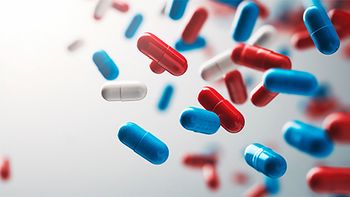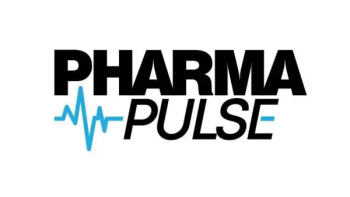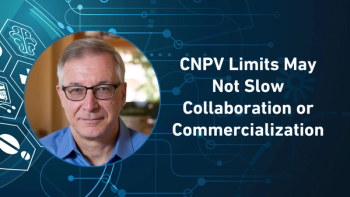
Balancing Awareness and Assurance
In the final part of his Pharma Commerce video interview, Sean O’Hearen, founder and principal consultant at 1st Line Partners, offers communication strategies for staying confident in genuine pharmaceuticals while also remaining vigilant against counterfeit threats.
In a video interview with Pharma Commerce, Sean O’Hearen, founder and principal consultant at 1st Line Partners, discusses the critical issue of substandard and falsified (SF) medicines and the lack of awareness among healthcare professionals (HCPs). Despite SF drugs posing a growing global health risk, only 2% of HCPs are trained to detect them, and over 80% don’t consider them a serious threat. The Johns Hopkins Bloomberg School of Public Health has recently started focusing on this issue, holding its second symposium on the topic with support from Pfizer. Their work is encouraging, signaling that academic institutions are beginning to address these systemic educational gaps.
O’Hearen notes he’s not an expert in medical or pharmacy education but emphasizes that the BESAFE report—referenced in the interview—offers actionable recommendations. These include integrating SF medicine awareness into undergraduate curricula for healthcare students, establishing dedicated modules in medical schools, and expanding continuing education for practicing professionals. In his experience, frontline education, especially at infusion centers administering life-saving treatments like oncology drugs, plays a critical role in identifying and preventing counterfeit drug use. Nurses and healthcare workers trained to detect signs of falsification are a vital line of defense.
Efforts are underway globally, with the World Health Organization and the International Pharmaceutical Federation leading collaborative projects with African universities in countries like Nigeria, Uganda, and Tanzania. These efforts aim to establish standardized, research-backed curricula to address the growing threat of SF medicines, especially in regions more vulnerable to drug fraud.
While progress is being made, O’Hearen believes the issue is still in its early stages of recognition and response. With more academic and clinical institutions like Johns Hopkins stepping up, the hope is to eventually embed SF medicine detection and awareness into formalized education systems worldwide—closing critical gaps in the healthcare supply chain and improving patient safety.
He also comments on how the private sector should support and scale these efforts to ensure that HCPs globally receive standardized training; the communication strategies stakeholders should adopt to alert without alarming, ensuring patients stay confident in genuine pharmaceuticals, while also remaining vigilant against counterfeit threats; and much more.
A transcript of his conversation with PC can be found below.
PC: What communication strategies should stakeholders adopt to alert without alarming, ensuring that patients stay confident in genuine pharmaceuticals while also remaining vigilant against counterfeit threats?
O’Hearen: Be aware that there's a risk, and then be careful where you're acquiring your medicines or any products. And be aware, especially if somebody is using a medicine regularly. Let’s just say regardless of where you acquire it from, if you're using a medicine, you're going to notice when something is off, even though a trend we certainly see in this business is that the counterfeiters are getting more and more sophisticated, where even trained people on product integrity teams have a hard time just on initial visual inspection, telling that something is counterfeit.
I've had many times in an exercise in the lab, or where one of my colleagues says “hey, see if you could tell which one is counterfeit,” and you can't until you get into the detail of security features or forensic analysis. That being said though, a lot of times, just be sensory aware, If you notice the color of the pill is off, or you notice it doesn't smell right upon opening the container, or you notice the packaging looks different—there are some obvious telltale signs to know about.
I think it’s just generally knowing whether you're a patient, whether you're a healthcare professional, whether you're law enforcement, just knowing that this is a possibility, that this could be one explanation for something that seems off. And going back to how to report it—it's, being aware that it could be a problem. Be careful where you're purchasing. If you're purchasing at one of the big pharmacy chains, there's very low probability that you're going to have a problem, but if you're purchasing in some parts of the world, such as going across the border to Mexico for your medications, caveat emptor. Buyer beware. Just be aware. Be aware of where you're buying from, and assess the risk level of that.
Newsletter
Stay ahead in the life sciences industry with Pharmaceutical Commerce, the latest news, trends, and strategies in drug distribution, commercialization, and market access.





